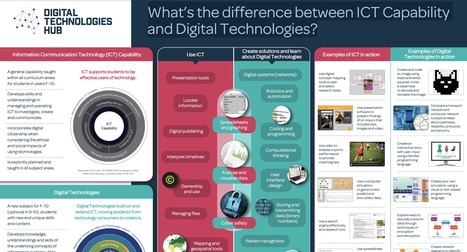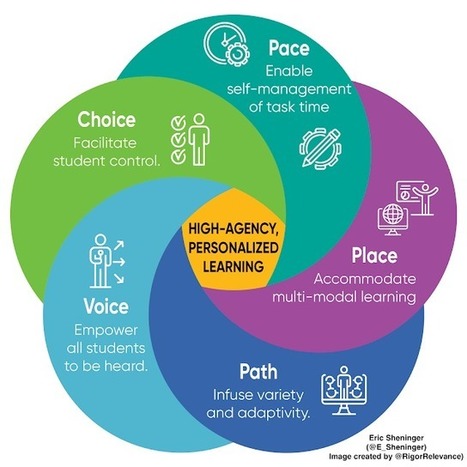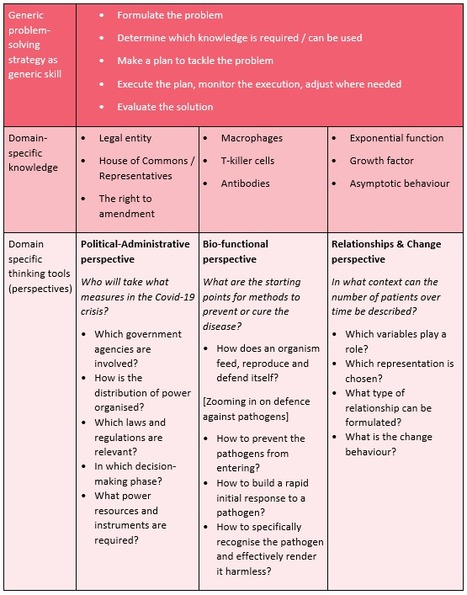
|
Rescooped by Yashy Tohsaku from Digital Delights - Digital Tribes |
Get Started for FREE
Sign up with Facebook Sign up with X
I don't have a Facebook or a X account
 Your new post is loading... Your new post is loading...
 Your new post is loading... Your new post is loading...
No comment yet.
Sign up to comment

Ana Cristina Pratas's curator insight,
July 3, 2020 3:41 AM
"We can expect interest in ‘grit’ to continue growing, and this may be accelerated by the publication this year of Engaging Language Learners in Contemporary Classrooms by Sarah Mercer and Zoltán Dörnyei. In this book, the authors argue that a ‘facilitative mindset’ is required for learner engagement. They enumerate five interrelated principles for developing a ‘facilitative mindset’: promote a sense of competence, foster a growth mindset, promote learners’ sense of ownership and control, develop proactive learners and, develop gritty learners. After a brief discussion of grit, they write: ‘Thankfully, grit can be learnt and developed’ (p.38).
Unfortunately, they don’t provide any evidence at all for this. Unfortunately, too, this oversight is easy to explain. Such evidence as there is does not lend unequivocal support to the claim. Two studies that should have been mentioned in this book are ‘Much ado about grit: A meta-analytic synthesis of the grit literature’ (Credé et al, 2017) and ‘What shall we do about grit? A critical review of what we know and what we don’t know’ (Credé, 2018). The authors found that ‘grit as it is currently measured does not appear to be particularly predictive of success and performance’ (Credé et al, 2017) and that there is no support for the claim that ‘grit is likely to be responsive to interventions’ (Credé, 2018). In the L2 learning context, Teimouri et al (2020) concluded that more research in SLA substantiating the role of grit in L2 contexts was needed before any grit interventions can be recommended." |
|


















